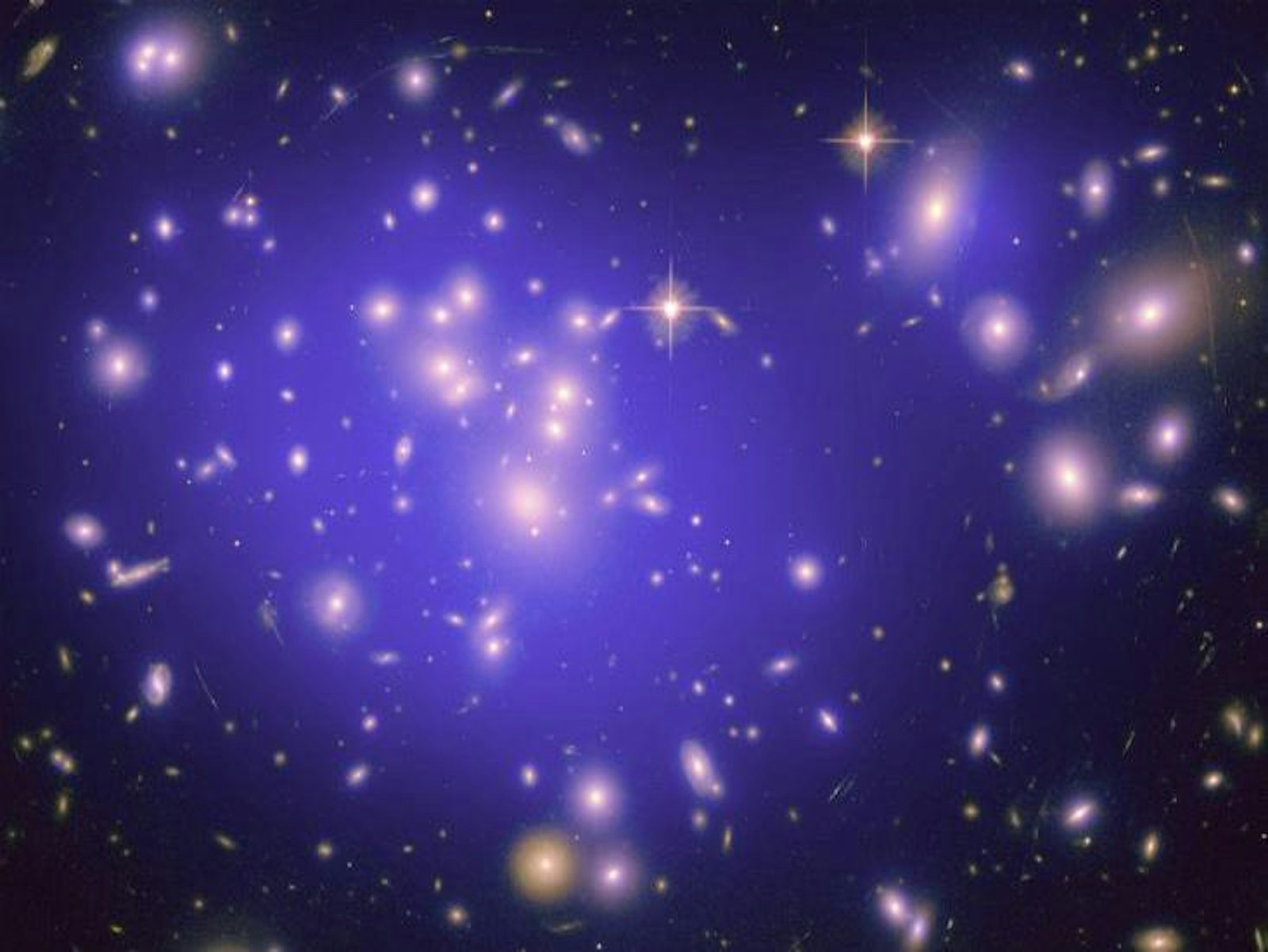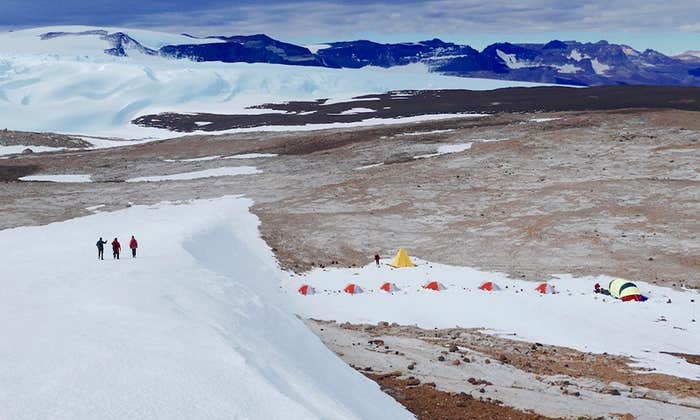Two months ago, we learned of landmark evidence bolstering the theory of inflation, a period very soon after the Big Bang when the Universe expanded at a terrific rate, stretching out and smoothing its lumps, and making it remarkably consistent on large scales. A recent study confirms that, even 13.8 billion years after the era of inflation, the Universe continued this tendency and continues to expand symmetrically in all directions.
The study relies on the idea that if space were expanding unevenly, then celestial bodies in faster-expanding areas would be sucked along faster than ones in slower-expanding areas, like leaves in the fast-moving middle of a stream as opposed to the slow-moving edges. So University of Colorado—Boulder researcher Jeremy Darling looked at a recently assembled catalog that painstakingly tracked the apparent motion of 429 objects over the past 34 years. He found that the movement of the objects indeed indicated that the expansion of space between them was happening evenly in all directions.
This finding is not at all a surprise—indeed, physicists would be shocked to hear otherwise. Studies of the cosmic microwave background (CMB), the so-called afterglow of the Big Bang, have clearly shown that the universe is expanding symmetrically. And research on the CMB is far more statistically powerful: Those studies have gotten to .001% accuracy, while the new study is only at 7%.
But Darling points out that his research actually measures the expansion of the universe happening right now, while the CMB does not. The CMB comprises photons that have been traveling since the Universe’s early history, and it shows the expansion they have experienced over that entire time. Darling’s technique is instead a demonstration of what’s called “real-time cosmology”: humans watching for changes in the Universe that are observable over the span of a human life. While it may seem like a stretch to use the term “real-time” for a period of 34 years, when compared to the age of the Universe, those 34 years are the merest split second.
Amos Zeeberg is Nautilus’ digital editor.






























